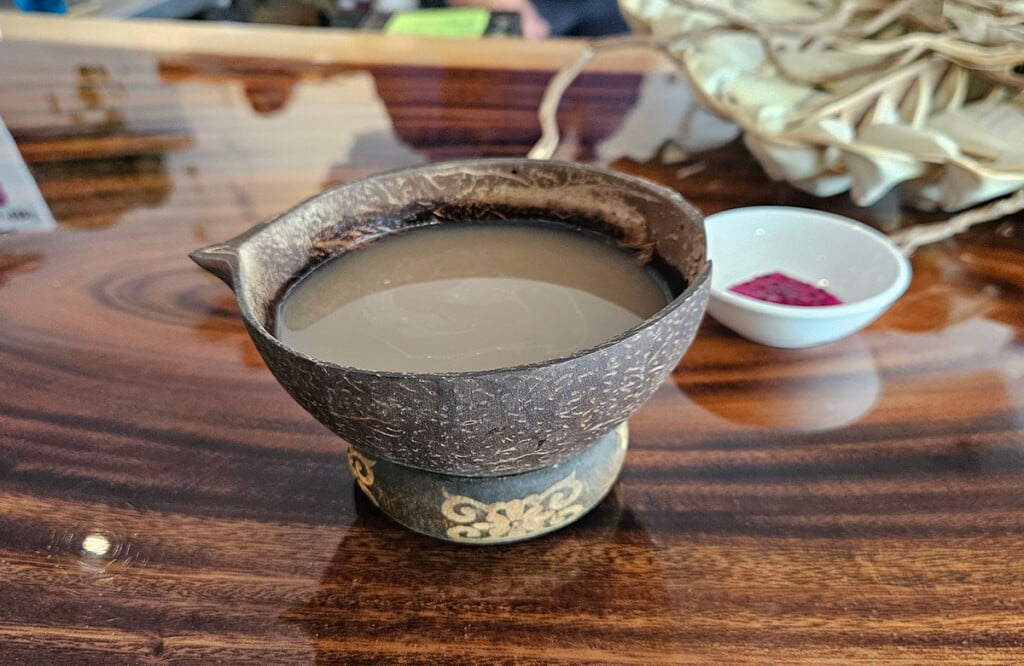Worth the drive to Waianae: Coquito’s Latin Cuisine
Because mofongo, alcapurrias, green-olive pasteles and sweet fried plantains
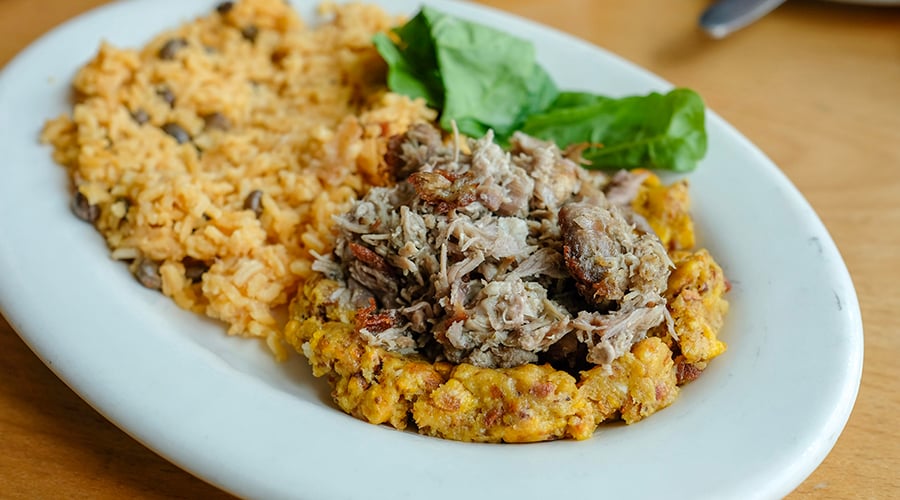
Quick — name me three Puerto Rican dishes.
Okay, gandules rice.
That’s one.
Pasteles.
Clock’s ticking.
Pastele stew?
Wrong! That’s a local creation, though it’s certainly inspired by Puerto Rican cuisine.
You’d be forgiven for not being able to rattle off more Puerto Rican dishes without using Google. Even though Puerto Ricans are part of the immigrant history in Hawaii, their food has often been overshadowed.
Full disclosure: I am of Puerto Rican descent. The flavors and aromas of home-cooked Puerto Rican food permeate my childhood memories. I learned early on that it’s made with green olives and not black ones, and that using Goya Sazón as a seasoning is cheating. Yes, my biases run deep and strong.
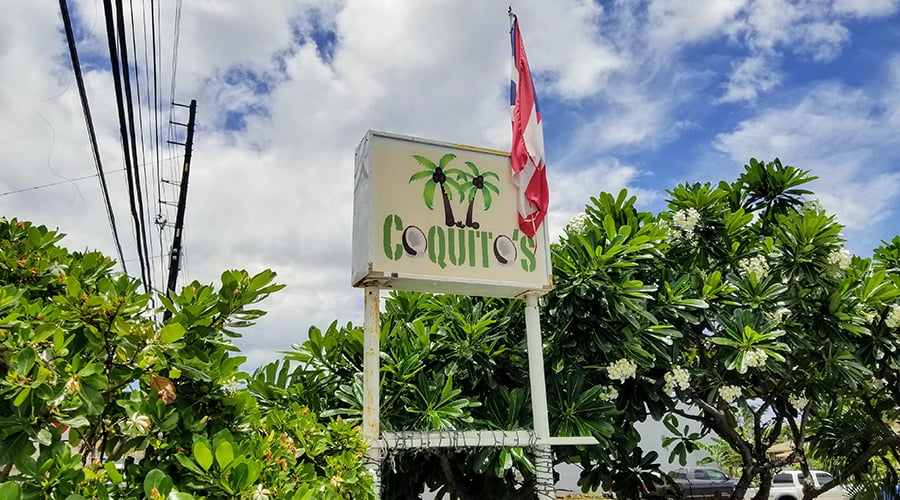
I’ve spent years trying to recreate my mom’s recipes and seeking establishments where I can scratch my itch. Of the handful of Puerto Rican restaurants that have come and gone through the years, Coquito’s Latin Cuisine in Waianae remains my favorite. That’s largely due to its casual, homey vibe (the building is literally an old house), but also because it has dishes that you won’t find anywhere else in Hawaii, including bites from the Caribbean and South America.
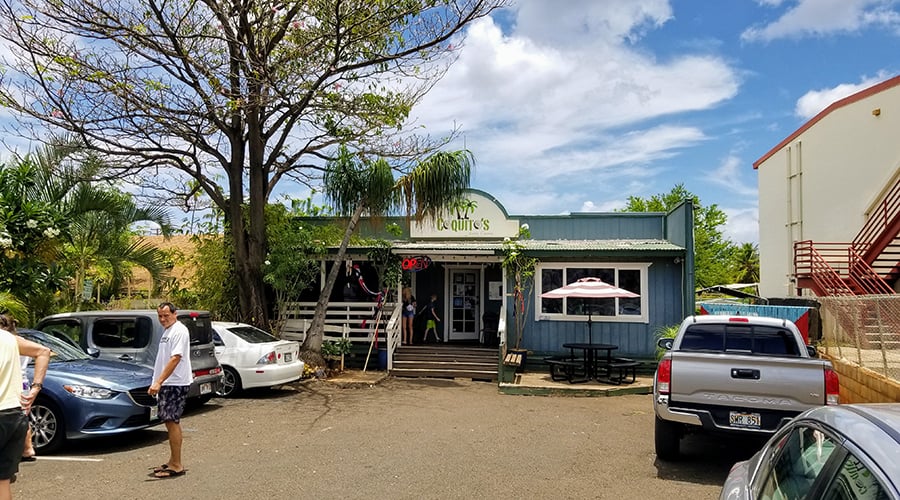
Coquito’s chef-owner Stevina Kiyabu grew up in Puerto Rico helping out at her father’s restaurant. She studied at the Culinary Institute of America in New York and honed her talents at restaurants across the mainland and Hawaii. When she opened Coquitos, it was with a broad vision of Latin cuisine.
Let’s start with the appetizers. Camarones al Ajillo are sautéed shrimp overs tostones (twice-fried plantains), popular across Latin America. The shrimp are sweet and tender and the tostones crunchy under a balsamic drizzle. The dish is as pretty to look at as it is delicious.
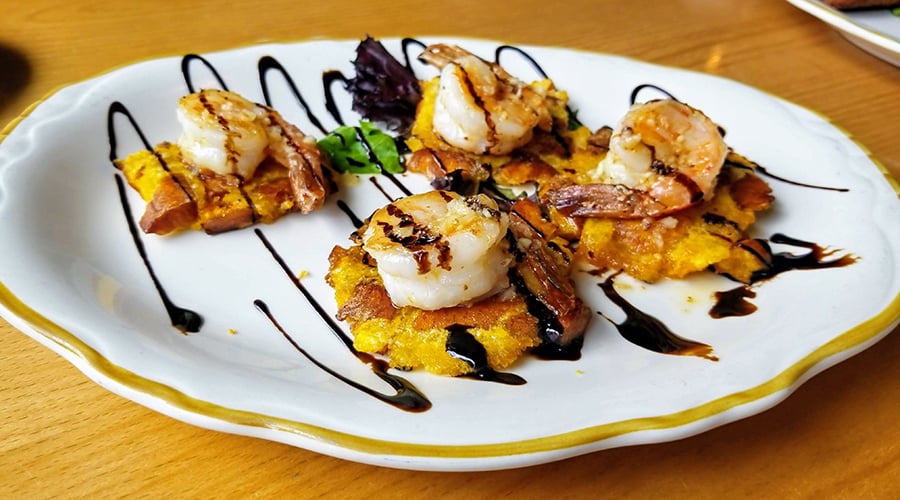
Seared scallops served over a mango compote were cooked perfectly. Since Puerto Rico is an island, it’s only natural that many of the dishes are seafood-based.
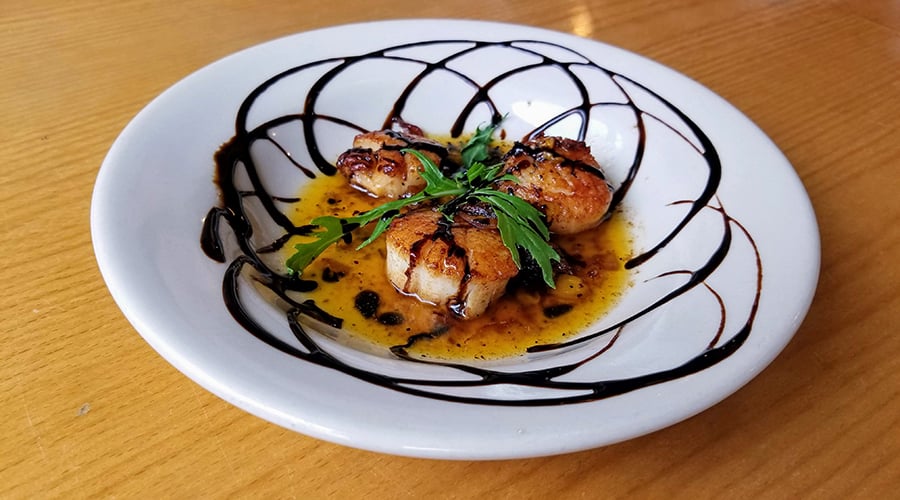
Alcapurrias are a frequent special at Coquito’s. This perfectly portioned appetizer is made from a masa of green bananas that’s filled with seasoned meat and then fried. Regional variations include a masa made from yuca (my personal favorite) or yautia (a root vegetable related to taro), and may contain different fillings like crab meat.
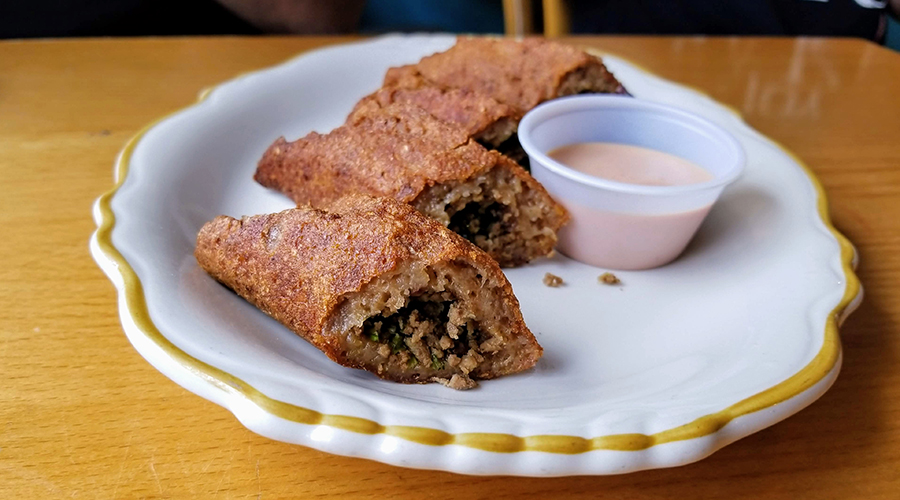
Entrees come with your choice of two sides. They are generous: white rice, gandules rice (rice with pigeon peas), habichuelas (stewed kidney beans), tostones (twice-fried plantains), sweet plantains, fried yuca (pronounced YOO-ka, aka cassava root), green salad or potato salad.
Mofongo is a green plantain that’s been fried then mashed, and mixed with garlic and pork cracklings (a vegetarian version comes without the pork cracklings). This is topped with your choice of grilled chicken, pork shoulder, steak, shrimp or sautéed vegetables. If you’re a first-timer to Coquitos, you wil not go wrong with this deeply satisfying gateway dish.
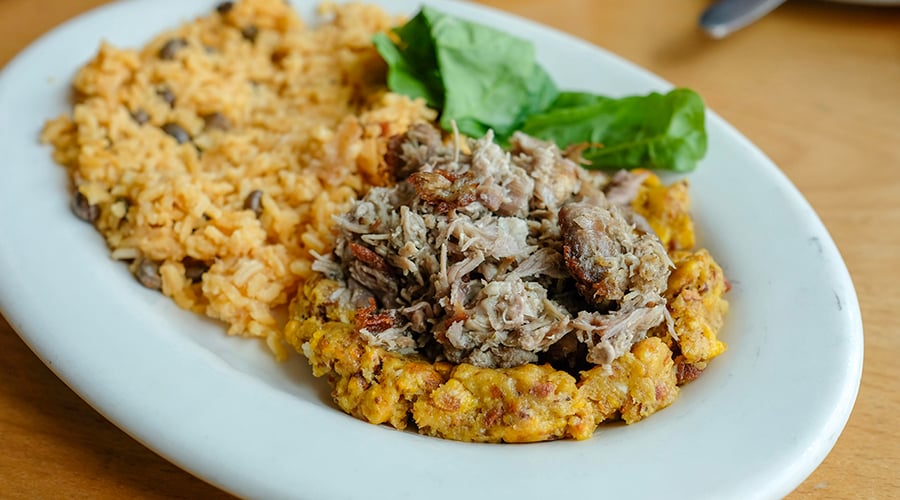
Mofongo has its roots in Africa and arrived with the slave trade in Puerto Rico, where it mingled with Spanish and indigenous Taíno influences. Variations can be found in the Dominican Republic and other Latin American countries around the Caribbean.
What’s pictured above is topped with pernil, a slow-roasted pork shoulder that’s oh-so-tender and a local favorite in Puerto Rico. You can also get this an entrée, although the mofongo option is truly a magical pairing.

Pasteles Boricuas is an authentic version of the Caribbean favorite first created by the region’s Taíno Indians and enriched by African slaves. While local versions vary in size, shape, dryness and even density, the traditional version served at Coquito’s is moist, delicious and as authentic as they come.
Because it’s so labor-intensive to make, pasteles are usually prepared in large batches and reserved for special occasions. Fortunately for us, it’s on Coquito’s menu year-round.
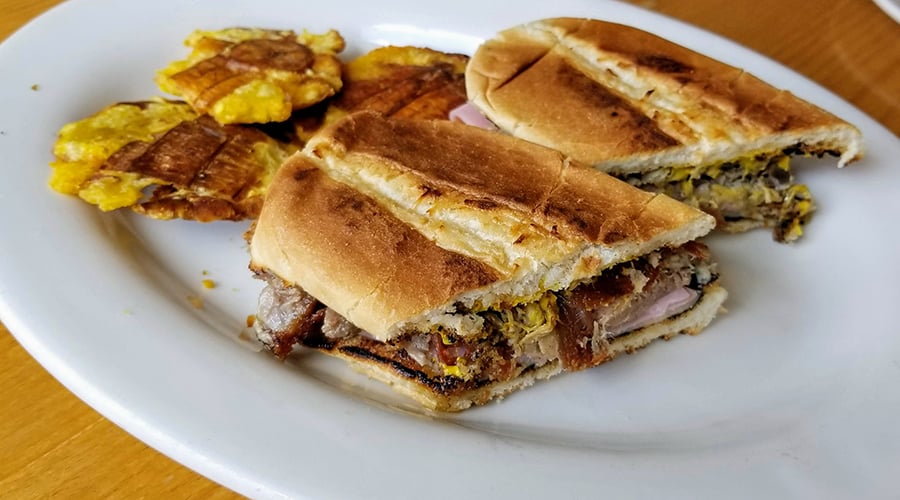
If you still have room for dessert, there’s Flan de Queso (a variant of the traditional custard dessert made with cream cheese), Tembleque (a coconut custard that’s similar to haupia), and Tres Leches cake. One of my favorite offerings is the Flancocho, a layer of flan on top of a layer of dense strawberry cake.
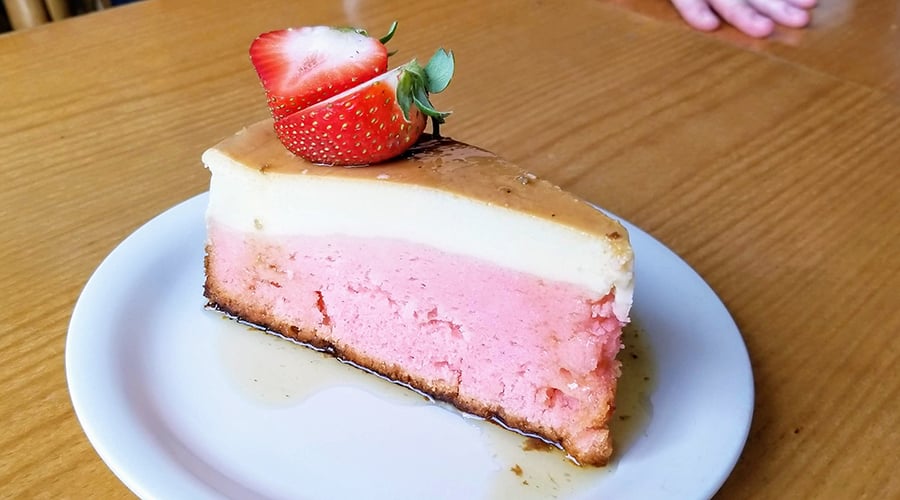
If your experience with Puerto Rican food is limited to local fare, Coquito’s will be pleasing and eye-opening. If you’re a snob for authenticity (like me!), it’s worth a trip across the island.
Coquito’s Latin Cuisine
85-773 Farrington Hwy.
Waianae
888-4082
Tues-Sun 11 a.m.-9 p.m.

